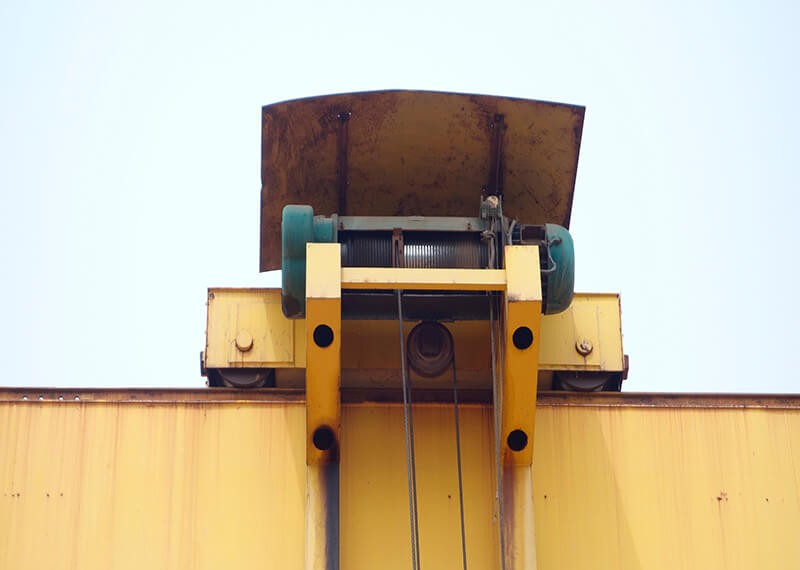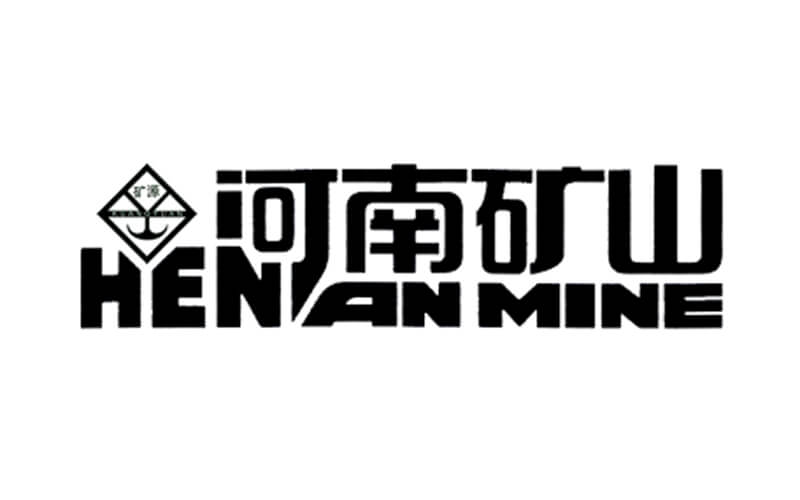
How to choose the right crane?
Choosing the right crane correctly will not only save you investment costs, but also bring safety and reliability.
The choice of crane mainly depends on the lifting weight, use occasion, environmental conditions and construction conditions.
 1. According to different tracks, electric single-beam cranes or electric single-beam suspension cranes are generally used for ≤10t. The electric single-beam crane is matched with the factory building with corbel; the electric single-beam suspension crane is matched with the inverted rail beam. The obvious feature of the Keli Crane CXT low-building type lifting mechanism is that it is equipped with box beams, the hoist shakes very little, and the horizontal rigidity of the box beams is good, the lifting capacity can be expanded to 20t.
1. According to different tracks, electric single-beam cranes or electric single-beam suspension cranes are generally used for ≤10t. The electric single-beam crane is matched with the factory building with corbel; the electric single-beam suspension crane is matched with the inverted rail beam. The obvious feature of the Keli Crane CXT low-building type lifting mechanism is that it is equipped with box beams, the hoist shakes very little, and the horizontal rigidity of the box beams is good, the lifting capacity can be expanded to 20t.
2. When there are corbels, double-beam cranes are more suitable for the lifting capacity of more than 10t. The CXT series crane has a single lifting mechanism up to 80 tons, and double trolleys can lift 160 tons at the same time. The double beam crane is the most versatile type of crane.
3. Electric gantry cranes are suitable for occasions where there are tracks on the ground, such as in cargo yards and workshops. There are single main beam gantry cranes (≤20t) and double main beam gantry cranes.
4. In the attachments of the manufacturing workshops, lifting light-loaded objects, mostly wall or fixed column jib cranes are used. The light level can be equipped with XN chain electric hoist, and the heavy level can be equipped with CXT lifting mechanism. The lifting capacity is 0.5~3t, and the maximum can reach 10t.
5.In the workshop, where there are three-dimensional crossing operation occasions and a larger service area is required, wall cranes can be selected. Wall-mounted cranes have complex structures, high product prices, and large infrastructure costs, so they are generally rarely used. CXT series cranes can completely replace all domestic cranes of working class A6 (3m) and below, and have the best performance-to-price ratio.


